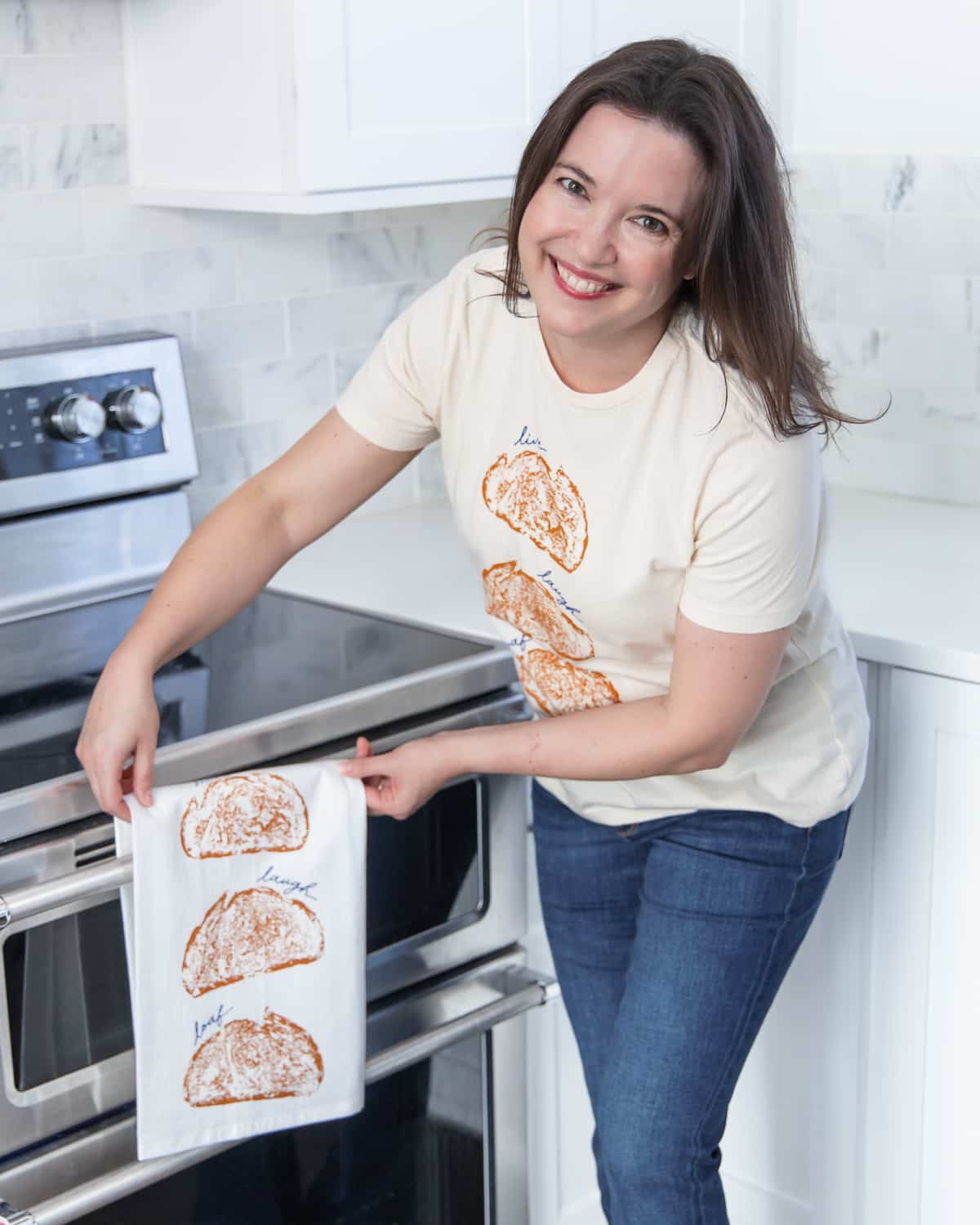Specialty shelf-stable pickles and olives are forecast to grow between 2020 and 2024, according to the SFA’s State of the Specialty Food Industry research, produced with Mintel, spurred by more consumers cooking and eating at home amid COVID-19 outbreaks.
The category hit brick-and-mortar retail sales of $898 million in 2019, marking 6 percent growth since 2017, according to the State of the Industry report. Mintel forecasts an additional 5.8 percent growth by 2024, bringing sales to $1.19 billion.
The category was among center-store foods and beverages that fared well during the spring’s stay-at-home mandates when consumers surge shopped for groceries. Shelf-stable pickles and olives grew nearly 36 percent year on year in March 2020 alone, according to the State of the Industry.
Specialty accounts for just over 41 percent of sales for the total shelf-stable pickles and olives category. From January to April 2020, specialty varieties grew about equally to all pickles and olives—16.7 percent to 17 percent versus the prior year. Before COVID-19, specialty grew a bit slower than conventional counterparts, says Mintel, but the growth is notable from a mature category that has direct competition from a chilled specialty category.
In this year’s research, purchase likelihood jumped to 30 percent among consumers in 2020, up from 16 percent in 2018. Gen-Xs are the most likely to buy, along with millennials and baby boomers. Likelihood for Gen-Z dips, but the sample size is smaller given that this is a generation just coming into adulthood, says Mintel.
While the category’s maturity can hamper growth, several on-trend innovations are driving interest including:
Pickled vegetables, especially less-familiar varieties. Products new to the market in the SFA’s online Product Marketplace or seen at Specialty Food Live!, the Association’s virtual marketplace event held Sept. 21-25, include pickled carrots from Proper’s Pickles, Pickled Pink Foods Honey Cinnamon Beets, and pickled sea fennel, imported from Manicarretti Foods and produced by Rinci. Known as paccasassi, the fennel is traditionally eaten in the Marche region of Italy.
Traditional recipes and methods. Consumers are interested in the story behind the product, especially authentic recipes and methods. The paccasassi, for example, follows traditional preparation: During the months of May and June, the shoots of the sea fennel plant are hand-harvested, blanched in water, and then jarred with extra virgin olive oil and wine vinegar. Pickled Brussels Sprouts from Fosters are made on a family-owned farm in Washington’s Columbia Valley, where the vegetables are hand sorted and pickled according to a 30-year-old recipe. Olive Oil Lovers Paolo Cassini offers Taggiasca olives, a lesser-known variety from Italy’s Ligurian tradition.
Upcycled foods. Products that find use for ingredients that would otherwise be discarded appeal to consumers’ ongoing concerns about food waste and sustainability. Pickled watermelon rind, for example, in addition to being a traditional recipe from the South, addresses waste.

from Food Trends https://ift.tt/3fpdwJT





0 comments:
Post a Comment